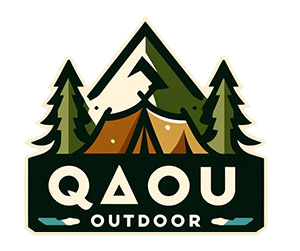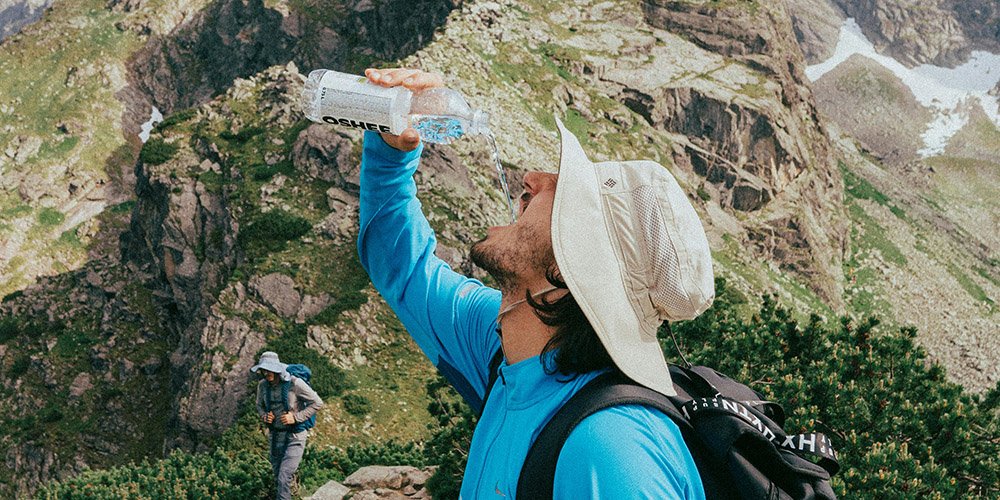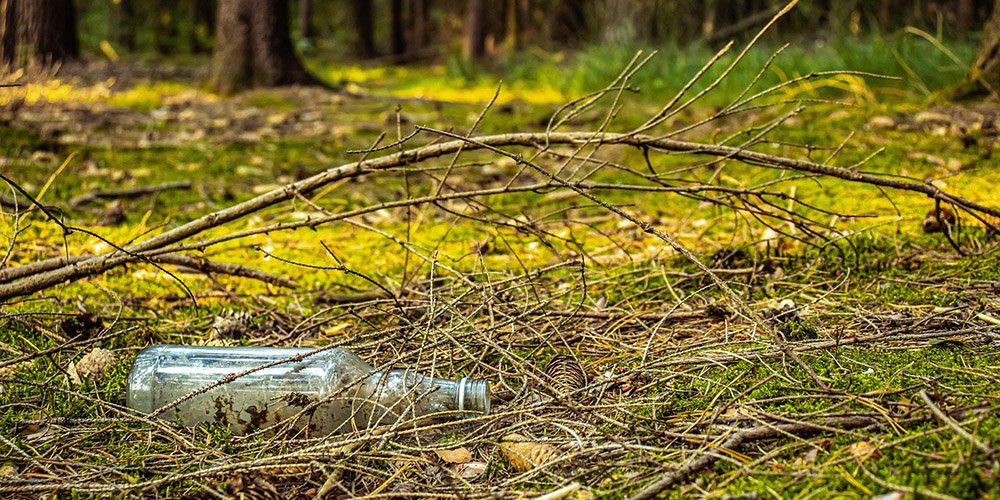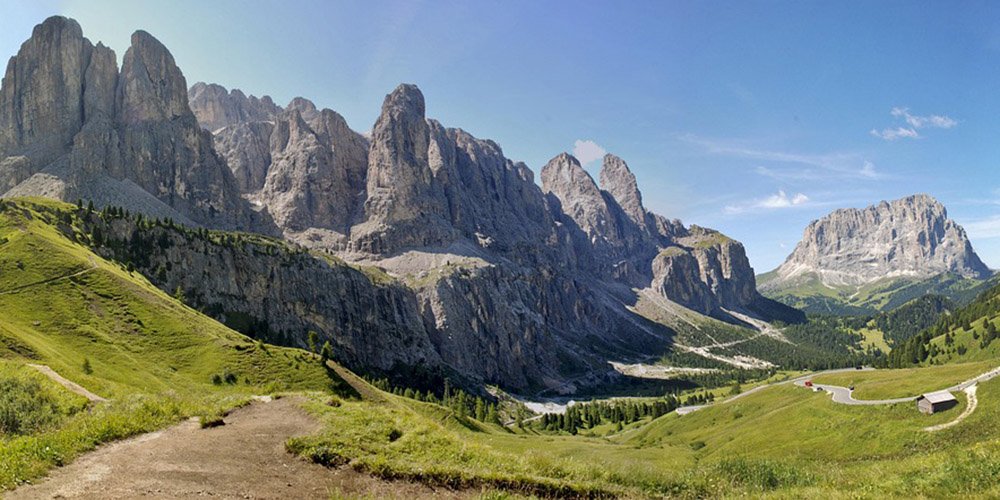How Much Water to Bring On a Hike? (The Essential Guide)
Hiking is a fantastic way to improve both your mental and physical health. It helps you burn calories, lose excess fat, and stay fit. However, one crucial aspect that many hikers overlook is hydration. Hiking increases perspiration, and without enough water, you risk dehydration — which can quickly turn an enjoyable hike into a dangerous situation.
So, how much water should you bring on a hike? There’s no one-size-fits-all answer because several factors, such as terrain, weather, and personal fitness levels, come into play. In this guide, we’ll explore practical ways to determine how much water you need for any hike, whether it’s a short trail walk or a multi-day trek.
Why Staying Hydrated Is Crucial on a Hike
Hiking requires physical effort, which means your body will lose fluids through sweat. Dehydration can cause fatigue, dizziness, muscle cramps, and even more serious conditions like heat exhaustion or heatstroke. Staying hydrated is essential for maintaining your energy levels, mental clarity, and overall well-being on the trail.
Without proper hydration, you may find yourself struggling to keep up, feeling sluggish, or, worse, needing emergency assistance. Let’s dive into how you can calculate the right amount of water for your hike.
How to Calculate How Much Water You Need for a Hike
There’s a general rule of thumb for water intake during hiking:
Plan for at least 1 liter of water for every 2 hours of hiking.
However, this is a baseline estimate. Your actual water needs will vary depending on several factors, including:
- The distance and duration of your hike
- The difficulty of the terrain
- Weather conditions
- Your fitness level and personal hydration needs
Let’s break this down further.
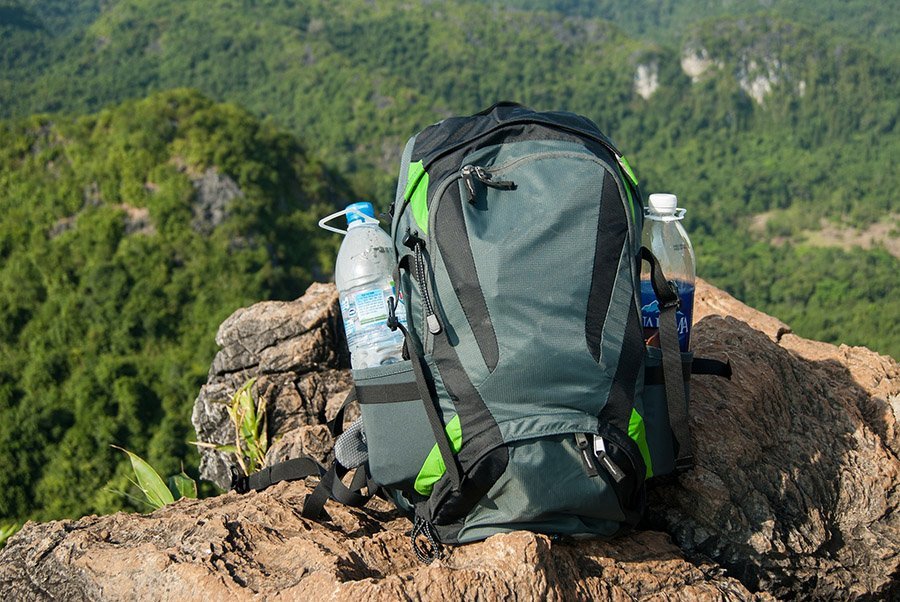
Step 1: Estimate Your Hiking Duration
One of the biggest factors in determining your water needs is how long you’ll be hiking. Here’s a quick guideline based on time:
| Hiking Duration | Suggested Water Intake |
|---|---|
| 1-2 hours | 1 liter (32 oz) |
| 3-4 hours | 1.5-2 liters |
| 5-6 hours | 2.5-3 liters |
| 7-10 hours | 3.5-5 liters |
If you’re planning a full-day hike (7+ hours), aim to bring at least 3.5 to 5 liters of water. For multi-day hikes, you’ll need to consider additional factors, like access to natural water sources along the trail and ways to purify water.
Step 2: Consider the Terrain
The type of terrain you’re hiking on plays a significant role in determining how much water you’ll need. Here’s why:
- Flat/even terrain: You’ll burn fewer calories and sweat less, requiring less water.
- Steep or uphill terrain: Climbing uphill increases your heart rate and perspiration, meaning you’ll need more water to stay hydrated.
- Rocky or uneven terrain: Navigating tricky paths requires more energy and balance, which can also increase your water intake needs.
A good way to estimate your hike duration is to use Naismith’s Rule:
- Allow 1 hour for every 3 miles of flat terrain.
- Add 1 hour for every 600 meters (2,000 feet) of ascent.
For example, if you’re hiking a 6-mile trail with 1,200 feet of elevation gain, it will take roughly 3.5 to 4 hours. Using the baseline of 1 liter per 2 hours, you’d need at least 2 liters of water for this hike.
Step 3: Factor in Weather Conditions
Weather plays a huge role in how much water you’ll need:
- Hot weather: You’ll sweat more, meaning you’ll need to drink more water to stay hydrated. In hot conditions, plan for at least 1.5 liters of water per 2 hours of hiking.
- Cold weather: While you may not feel as thirsty, your body still loses fluids. Don’t skip hydration just because it’s cold! Stick to the baseline of 1 liter per 2 hours.
Step 4: Know Your Body’s Hydration Needs
Everyone’s body is different. Some people need more water than others to stay hydrated. Consider your:
- Personal preferences: Some people prefer frequent small sips, while others drink larger amounts less often.
- Sweat rate: If you tend to sweat a lot, you’ll need more water.
- Fitness level: More experienced hikers may need less water because their bodies are more efficient at regulating fluids.

Practical Tips for Staying Hydrated on the Trail
Here are some practical tips to ensure you stay hydrated and healthy while hiking:
- Start Hydrated: Drink plenty of water before you hit the trail to ensure you’re starting your hike well-hydrated.
- Sip Regularly: Don’t wait until you’re thirsty to drink water. Sip regularly throughout your hike to maintain hydration.
- Use a Hydration Pack: A hydration pack allows you to sip water without stopping, making it easier to stay hydrated on the go.
- Carry Electrolytes: Sweating causes you to lose electrolytes, which are essential for muscle function and energy. Bring electrolyte tablets or sports drinks to replenish lost minerals.
- Plan for Refills: If your hike has natural water sources, bring a water filter or purification tablets to safely refill your supply.
The “Slowest Member” Factor
If you’re hiking with a group, remember that your pace will be determined by the slowest member. This means you might spend more time on the trail than planned, increasing your water needs. Always bring extra water just in case!
What About Multi-Day Hikes?
For multi-day hikes, it’s essential to have a water plan:
- Research water sources along your route.
- Bring a water filter or purification tablets.
- Consider carrying a collapsible water container for extra storage.
Final Thoughts
So, how much water should you bring on a hike? It depends on the duration, terrain, weather, and your personal needs. A good rule of thumb is to bring 1 liter of water for every 2 hours of hiking, but adjust based on the conditions and your body’s hydration needs.
Remember, staying hydrated is key to enjoying a safe and successful hike. Don’t underestimate the importance of water, and always err on the side of caution by bringing more than you think you’ll need.
Happy hiking!
